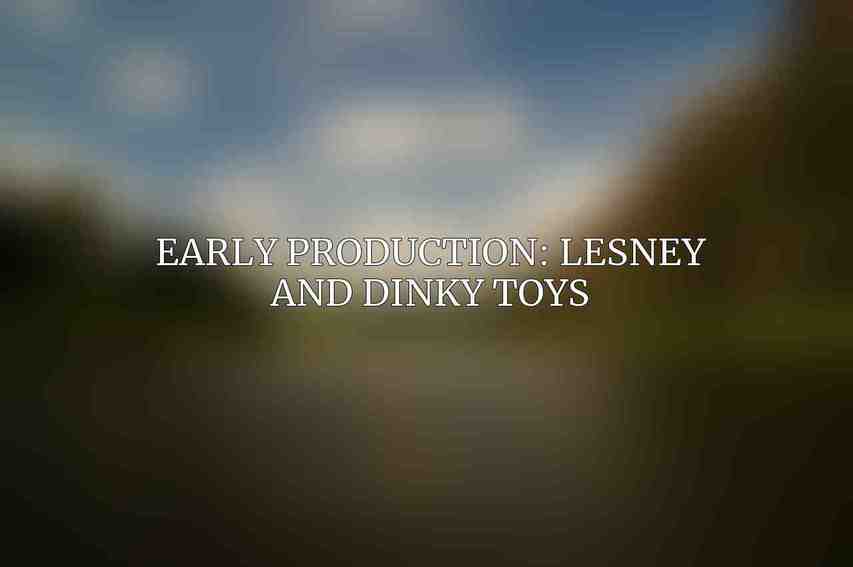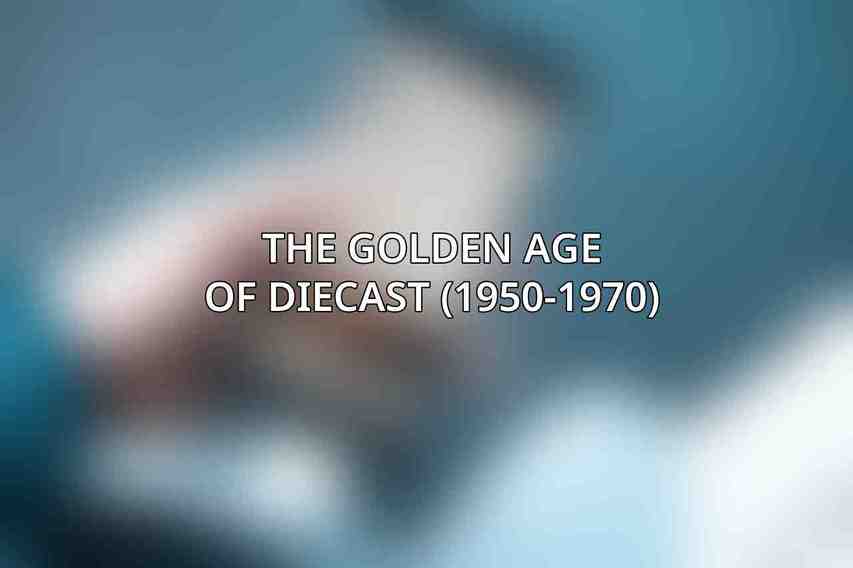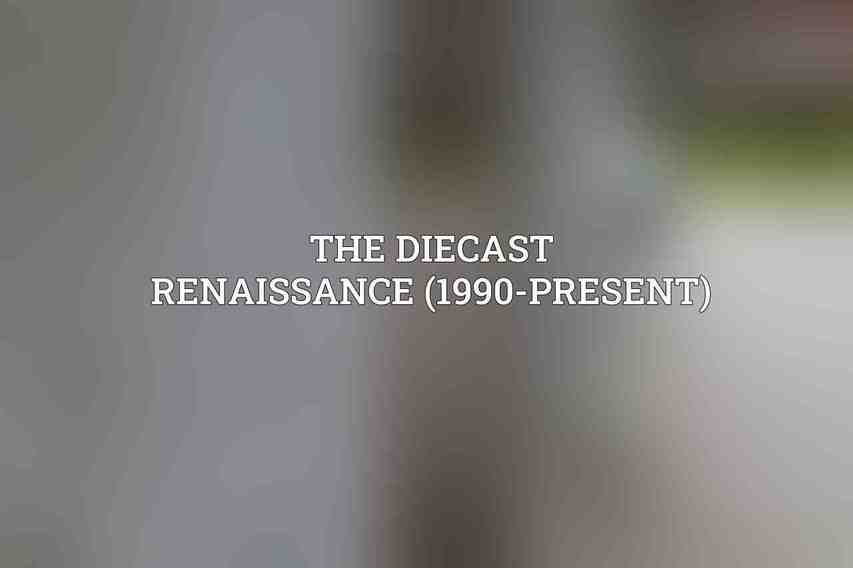The roots of diecast car models can be traced back to the invention of the diecasting process in 1838, which revolutionized the manufacturing of metal products. However, it wasn’t until the late 19th century that diecast toys started making an appearance in the market. These early diecast toys were simple in design and often served as children’s playthings.
| Feature | Description | ||||||||||||||||||||||||||||||||||||||||||||||||||||||||||||||||||||||||||||||||||||||||||||||||||
|---|---|---|---|---|---|---|---|---|---|---|---|---|---|---|---|---|---|---|---|---|---|---|---|---|---|---|---|---|---|---|---|---|---|---|---|---|---|---|---|---|---|---|---|---|---|---|---|---|---|---|---|---|---|---|---|---|---|---|---|---|---|---|---|---|---|---|---|---|---|---|---|---|---|---|---|---|---|---|---|---|---|---|---|---|---|---|---|---|---|---|---|---|---|---|---|---|---|---|---|
| Product Name: | Diecast | ||||||||||||||||||||||||||||||||||||||||||||||||||||||||||||||||||||||||||||||||||||||||||||||||||
| Website: | Diecast Models Wholesale | ||||||||||||||||||||||||||||||||||||||||||||||||||||||||||||||||||||||||||||||||||||||||||||||||||
| Product Type: | Vintage Diecast Car Models | ||||||||||||||||||||||||||||||||||||||||||||||||||||||||||||||||||||||||||||||||||||||||||||||||||
| Material: | Alloy, Plastic | ||||||||||||||||||||||||||||||||||||||||||||||||||||||||||||||||||||||||||||||||||||||||||||||||||
| Scale: | 1:18, 1:24, 1:43 | ||||||||||||||||||||||||||||||||||||||||||||||||||||||||||||||||||||||||||||||||||||||||||||||||||
| Features: | Detailed interiors, realistic exteriors, movable parts | ||||||||||||||||||||||||||||||||||||||||||||||||||||||||||||||||||||||||||||||||||||||||||||||||||
| Price Range: | $20 – $200 | ||||||||||||||||||||||||||||||||||||||||||||||||||||||||||||||||||||||||||||||||||||||||||||||||||
| Availability: | Online and in retail stores | ||||||||||||||||||||||||||||||||||||||||||||||||||||||||||||||||||||||||||||||||||||||||||||||||||
| Visit Diecast | |||||||||||||||||||||||||||||||||||||||||||||||||||||||||||||||||||||||||||||||||||||||||||||||||||
Early Production: Lesney and Dinky Toys

One of the pivotal moments in the history of diecast cars was the introduction of Lesney’s Matchbox Series in 1954. These small-scale models, known for their simple designs, affordability, and wide popularity, became a staple in the toy industry. Around two decades earlier, in 1934, Dinky Toys emerged with larger-scale models that boasted intricate details, realism, and accuracy, catering to a slightly different market segment.
The Golden Age of Diecast (1950-1970)

Rise of American Manufacturers
During the golden age of diecast models, American manufacturers shone brightly. Hot Wheels, launched in 1968, took the market by storm with its fast-paced, performance-oriented models and the innovative “Spectraflame” paint process that added a new level of allure to the cars. Matchbox also made a mark during this time with its Superfast Series in 1970, offering enhanced performance, detailing, and introducing racing-themed models.
International Expansion
While American manufacturers dominated the scene, international players like Dinky Toys maintained a global presence. Additionally, Japanese manufacturers such as Tomica and Kyosho started emerging, bringing their own unique styles and designs to the diecast car world.
The Evolution of Diecast (1970-1990)
Growing Popularity of Collecting
As the years progressed, collecting diecast models became increasingly popular. Collector clubs and conventions sprang up, providing enthusiasts with a platform to share their passion. Specialized retail stores catering to collectors also began to emerge, offering a wide range of models to choose from.
Technological Advancements
Advancements in casting techniques improved the quality and detailing of diecast models. Introduction of new materials like plastic and resin provided manufacturers with more options to enhance the realism of their creations. These improvements in detailing and materials played a significant role in shaping the evolution of diecast cars during this era.
The Diecast Renaissance (1990-Present)

Emergence of High-End Models
Kyosho, and Tarmac Works. These brands are known for producing highly detailed and authentic models using premium materials like resin and metal, catering to collectors with a penchant for quality.
Digital Technologies
Advancements in digital technologies have also left their mark on the diecast industry. The use of 3D scanning and printing has revolutionized the prototyping process, allowing for more intricate designs and detailed models. Online marketplaces have also proliferated, making it easier for collectors to buy and sell vintage diecast models, connecting enthusiasts from all corners of the globe.
Diecast Models Wholesale
Diecast Models Wholesale, founded in 2002, has established itself as a leading online retailer specializing in vintage diecast models. With a wide selection of models ranging from high-end to rare pieces, the store prioritizes authenticity and quality, providing collectors with a reliable source for their hobby.
The Future of Vintage Diecast Models
As we look ahead, the future of vintage diecast models appears promising. The continued demand for collectibles, coupled with advancements in production and design, ensures that enthusiasts will have a plethora of options to choose from. Digital technologies will continue to play a pivotal role in shaping the industry, from enhancing prototyping capabilities to fostering online communities dedicated to preserving and conserving these miniature automotive marvels. The legacy of vintage diecast car models seems destined to endure, captivating generations of collectors to come.
Frequently Asked Questions
What are vintage diecast car models?
Vintage diecast car models are miniature replicas of cars that are made with die-cast metal. They are popular collectibles among car enthusiasts and collectors.
When did the production of vintage diecast car models begin?
The production of vintage diecast car models began in the early 20th century, with companies like Tootsietoy and Dinky Toys leading the way.
How have vintage diecast car models evolved over time?
Vintage diecast car models have evolved in terms of design, detail, and materials used. Early models were basic representations, while modern models feature intricate details and realistic paint jobs.
What factors contribute to the value of vintage diecast car models?
Factors such as rarity, condition, brand, and demand all play a role in determining the value of vintage diecast car models. Limited edition models or those from popular brands tend to be more valuable.
Are vintage diecast car models still popular today?
Yes, vintage diecast car models continue to be popular among collectors and enthusiasts. They are sought after for their historical significance, detailing, and nostalgia.

